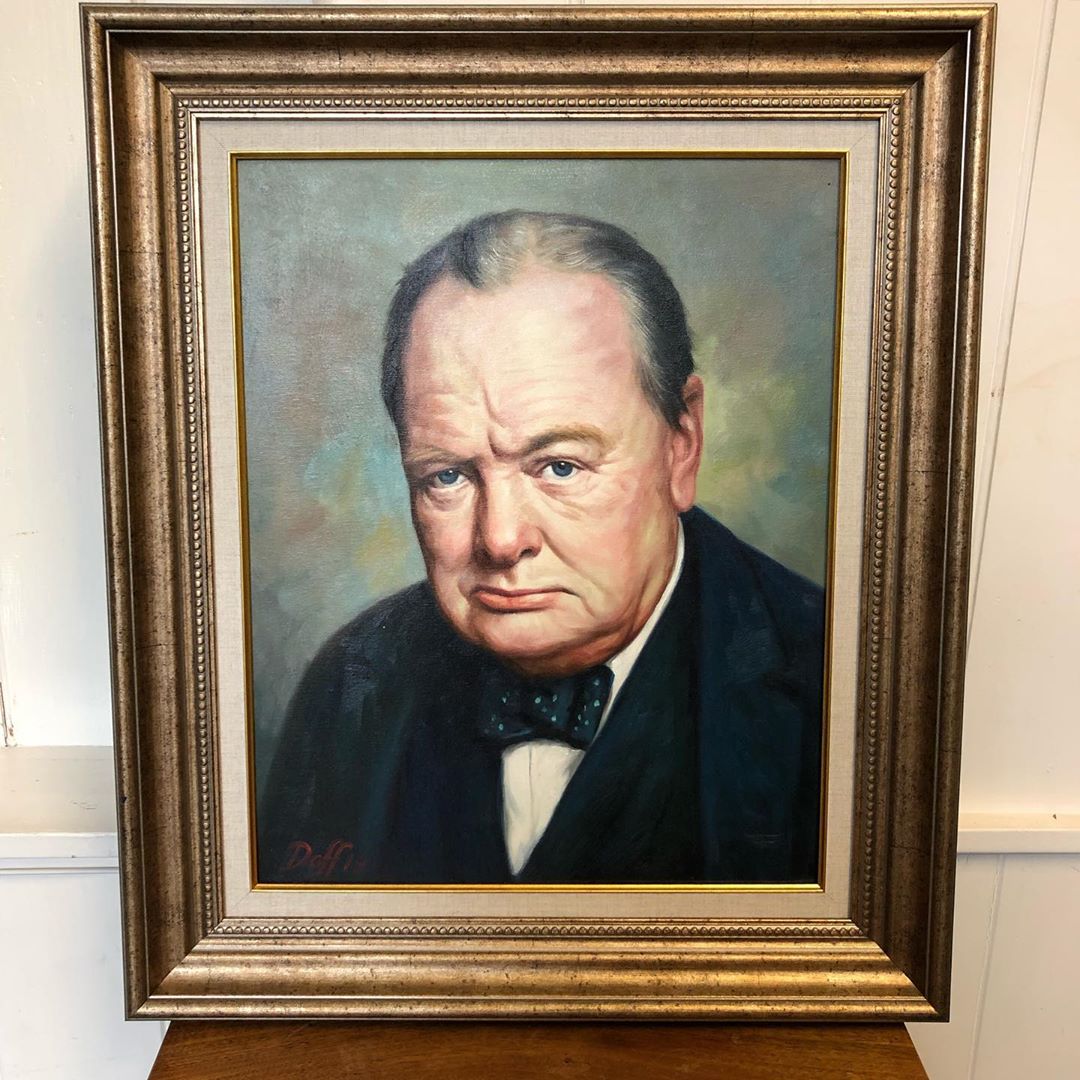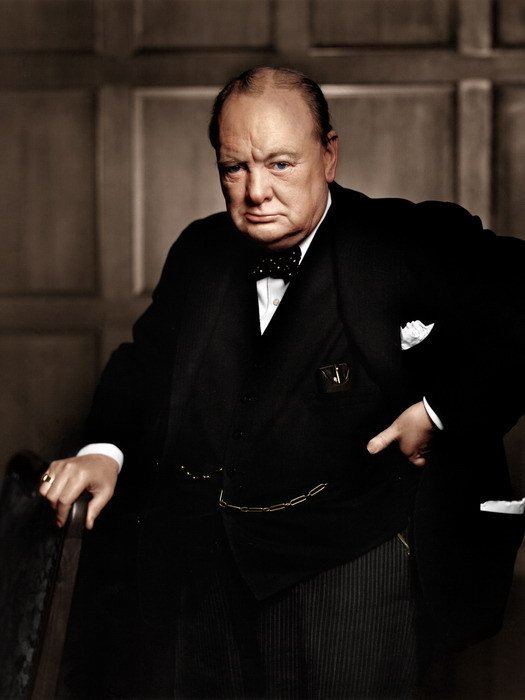


Out of office during the 1930s, Churchill took the lead in calling for British rearmament to counter the growing threat from Nazi Germany. After two years out of Parliament, he served as Chancellor of the Exchequer in Stanley Baldwin's Conservative government, returning the pound sterling in 1925 to the gold standard at its pre-war parity, a move widely seen as creating deflationary pressure on the UK economy. In 1917 he returned to government under David Lloyd George as Minister of Munitions, and was subsequently Secretary of State for War, Secretary of State for Air, then Secretary of State for the Colonies. During the First World War, he oversaw the Gallipoli Campaign after it proved a disaster, he resigned from government and served in the Royal Scots Fusiliers on the Western Front. Asquith's Liberal government, Churchill served as President of the Board of Trade, Home Secretary, and First Lord of the Admiralty, championing prison reform and workers' social security. Elected an MP in 1900, initially as a Conservative, he defected to the Liberals in 1904. Joining the British Army, he saw action in British India, the Anglo–Sudan War, and the Second Boer War, gaining fame as a war correspondent and writing books about his campaigns. Churchill represented five constituencies during his career as Member of Parliament (MP).īorn in Oxfordshire to an aristocratic family, Churchill was the son of an English politician and an American socialite.


Ideologically an economic liberal and British imperialist, he was a member of the Liberal Party from 1904 to 1924 before joining the Conservative Party, which he led from 1940 to 1955. As Prime Minister, Churchill led Britain to victory in the Second World War. Churchill famously hated Sutherland’s portrait and his wife destroyed it after his death on Januin London, United Kingdom.Sir Winston Leonard Spencer-Churchill KG OM CH TD DL FRS RA (30 November 1874 – 24 January 1965) was a British politician, army officer, and writer, who was Prime Minister of the United Kingdom from 1940 to 1945 and again from 1951 to 1955. He notably had his portrait painted by the British artist Graham Sutherland in 1954 to commemorate his 80th birthday. He went on to oversee the Allied victory over Adolf Hitler’s regime, and continued as the acting Prime Minister after the end of the conflict. Though he spent much of the 1930s out of political office, alarmed by threat of Nazi Germany Churchill was avid to replace the sitting Prime Minister Neville Chamberlain. After returning to England, he spent the years leading to World War I in the British government before once again joining the military. But the principle is the same.” Born on Novemin Woodstock, United Kingdom, he joined the British Army as a young man and saw action while acting as war correspondent in British India, the Anglo-Sudan War, and the Second Boer War. “It is, if anything, more exciting than fighting it successfully. “Painting a picture is like fighting a battle and trying to paint a picture is, I suppose, like trying to fight a battle,” he once said. His painting technique can be attributed to his admiration of Édouard Manet, Claude Monet, and Paul Cézanne. As an amateur painter, Churchill produced many light-filled depictions of landscapes all over the world. Winston Churchill was British statesman that served as the British Prime Minister during World War II.


 0 kommentar(er)
0 kommentar(er)
